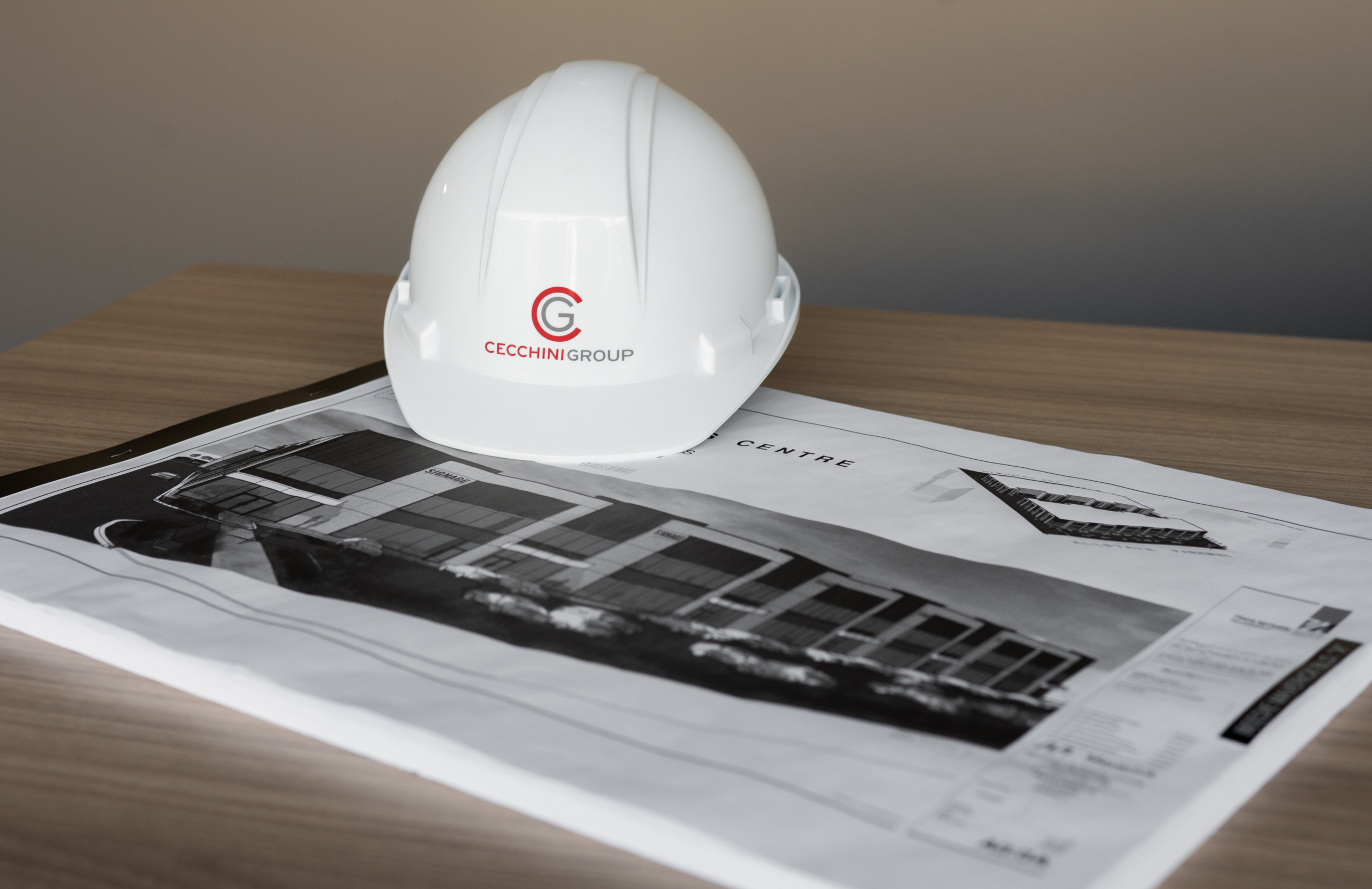Safety
At Cecchini Group, safety is our top priority on all projects, and we are committed to providing the highest level of corporate due diligence protection for our staff, clients, and consultants. Our workplace health and safety track record is excellent, and we take pride in delivering projects safely, exceeding industry best practices.
Throughout the construction process, we will have a full-time safety officer on site, and a fully equipped first aid station. Safety orientations are conducted for all new employees and workers, and all workers are required to wear CSA-approved work gear (including hard hats, safety boots, protective eyewear, and high visibility vests) at all times.
Additionally, we work with a third-party health and safety group, Tickner Safety, to ensure that all our projects comply with applicable safety laws and to help implement our Health and Safety program.

